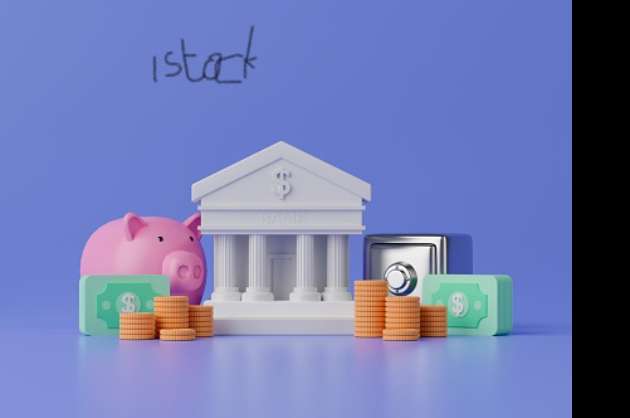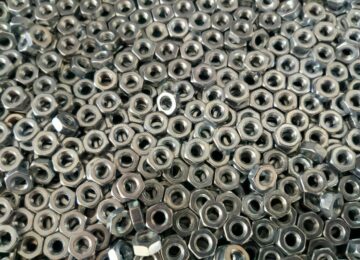Anupama Nair
It is a known fact, money lending is as old as us the humans, early man followed the system of trade, barter and other rudimentary forms of money lending. However, a structured lending system found its origin in ancient India and other ancient empires. India has a history as long as time, so, it is a certainty we must have our own system of lending which later became banks.
This business can be traced back to the Vedic periods. Earlier, considered to be immoral, the practice of money lending was avoided and generally looked down upon. However, in the late 2nd century CE, money lending or usury, started getting recognition as an acceptable mode of wealth creation, and was recorded in ManuSmriti as such. It was called ‘kusidin’.The Sutras and Jatakas recorded money lending practices as well.
During the Mauryan age, Kautilya’s texts were the first to mention the existence of a systematized lending structure and these scriptures mention RNapatra, RNapanna, or RNalekhaya which were different forms of loan deeds that were prevalent and acceptable during the Mauryan empire i.e., 321 – 185 BC. Later an instrument called ‘adesha’ came to be used, which was an order on a banker directing him to pay the sum on the note to a third person, which comes close to the definition of a modern bill of exchange. The considerable use of these instruments has been recorded in large towns, and merchants also gave letters of credit to one another.
The Mughal era continued the use of loan deeds, commonly known as dastawez. The dastawez were divided into two forms dastawez-e-indultalab, which was payable on demand and dastawez-e-miadi, which was payable after a particular period. We also used credit instruments such as barattes and hundis. Peasants were also permitted to borrow advance loans or taqavi from the office of the Diwan Payment orders by the royal treasuries were referred to as barattes. A Hundi or Hundee is a financial instrument that developed in Medieval India for use in trade and credit transactions. Hundis are used as a form of remittance instrument to transfer money from place to place, as a form of credit instrument or IOU to borrow money and as a bill of exchange in trade transactions. There are also records of Indian bankers using issuing bills of exchange in foreign countries.
The Industrial Revolution (1733 to 1913) transformed the society from an agrarian economy to one dominated by manufacturing and industrial processes. It also played a significant role in expanding the lending system as there was an ever-increasing capital demand. A vast majority of aristocrats and merchants extended business loans to entrepreneurs to help them expand their workforce rapidly. Indentured loans were also popular where the borrower had to repay the debt by working on the lender’s estate. During the early days of the East India Company, Seths and Shroffs carried out money-lending and extended small business loans to merchants to support their trade.
India also witnessed the birth of various banks during British rule. In 1770, the first European bank called the Bank of Hindustan started its operations in Calcutta to provide business loans for foreign trade. However, the bank stopped operations from 1832.
With the birth of three presidencies, Bombay, Bengal and Madras, banking activities started in full swing. The Bank of Calcutta was established in 1806 to fund the wars waged by the British East India Company, against the Marathas and Tipu Sultan. Then The Allahabad Bank was established in 1886, that is still functional to date. After that, quite a few banks were established between 1906 to 1911 due to the Swadeshi Movement, and a number of them have survived till date . In 1935, the Reserve Bank of India was established to respond to the economic troubles India was facing after the First World War.
Post-independence, the nationalization of banks was a major activity. In 1949, the Reserve Bank of India was nationalized and appointed as the central regulator of all banks in India.




























